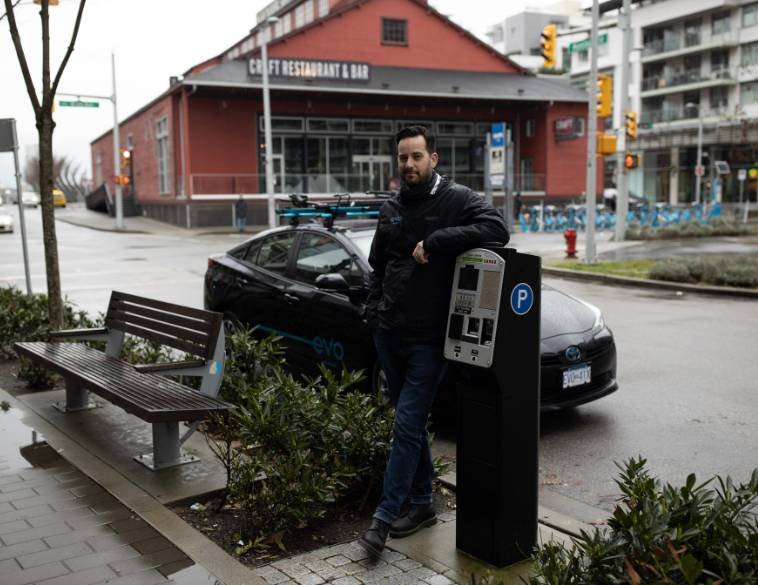The Canadian Legislative Session at NAFA I&E drew some interesting conclusions.
One of the most anticipated sessions at I&E 2024, certainly for the Canadian contingent was the Canadian Legislative Update, hosted by Michael Taylor, Senior Advisor at HillStaffer Government Relations.
Like the U.S., Canada is currently on a path, both federally and provincially, where aggressive mandates regarding the adoption of zero-emission vehicles are front and centre.
These targets have raised a lot of questions for the transportation sector (including fleets), particularly regarding adoption and whether those targets are in reality, actually achievable.
Different paths
Taylor noted that the approach being taken by both countries does differ, with some jurisdictions taking a more aggressive approach than others, and in Canada at least a situation where the Auditor General has criticized the federal government (namely Natural Resources Canada) for not doing enough to try and meet these requirements, including establishing adequate infrastructure to support EVs and also clearly defining what underserved areas are when it comes to charging stations. Taylor also noted that the federal government’s own EV fleet adoption targets, currently suggest that only 13% of the fleet will be fully electric by 2030, a far cry from the 80% that the feds previously declared.
He noted that it was important for Canadian fleet managers to monitor progress and legislative updates on both sides of the border and take a look at what is happening in California as a benchmark for other states and provinces that are currently pushing aggressive EV mandates.
Following California
In Canada, both British Columbia and Quebec are leaning heavily on the California model which calls for 100% zero emissions new light vehicle sales by 2035 and zero emissions commercial vehicle sales by 2045 which includes long haul trucks and buses. What is troubling is that California is not looking at other alternative fuel options and instead, has remained laser-focused on pure battery electrics as the solution to lower emission vehicles.
And, with British Columbia and Quebec having both outlined their Roadmap to 2030 plans, which closely follow California’s proposals, this presents some issues.
In B.C.’s case, a phased-in approach is currently proposed, where 2026 model-year vehicles and newer will align with California’s ZEV targets, with Quebec adopting a similar stance.
Three major barriers
In analyzing a study done by Electrifying Canada, Taylor noted that it became readily apparent there were major barriers that emerged, in terms of reality when it comes to widespread EV adoption.
“I did find this interesting, and that these barriers were Canada specific,” he stated. The first was that for certain types of vehicles and niches in which fleets operate, there aren’t any easy options, nor robust use cases for adopting pure EVs. Secondly, in those jurisdictions that are aggressively pursuing EV mandates, a common issue is that the right configuration of vehicle in EV form is just not available and, in order to meet these mandates, fleets will have to purchase two EVs to perform the task of one conventional vehicle, which simply doesn’t make economic sense. Thirdly, and finally, overall vehicle availability continues to be a problem, with fleet managers not knowing how long it will take for their orders to be fulfilled, especially when it comes to EVs.
Taylor also noted that while there is currently funding available at the federal level and in some provinces to encourage EV adoption, when it comes to medium and heavy-duty vehicles the government hasn’t really set any guidelines yet. As a result, it becomes very difficult for fleet managers to make calculated decisions on whether to pursue EV adoption for these types of vehicles and in most cases, fleets are taking a wait-and-see approach when it comes to electrification.
Geography and population
Some concerns raised among Canadian fleet operators include the distances between settlements in Canada and a relatively low population base as compared with the U.S. This means that some fleets, such as emergency medical service providers, face a major challenge in EV adoption, particularly if they are provincial and need to cover large swathes of rural territory.
Taylor said that because California is currently at the forefront of this politically driven EV adoption strategy, seeing how fleets based in that state fare under these requirements including the Advanced Clean Fuel (ACF) regulations will ultimately reveal just how practical they prove to be.
Taylor noted that two states in the U.S., North Carolina and Maine have backed away from ACF, with the latter doing so via legislators and not the governor—citing exorbitant costs over zero-emission heavy trucks and charging infrastructure availability. Even in California, with CARB (the California Air Resources Board) there is a lot of understanding in the legislature now that ACF in its original form is not ready for prime time, and increasingly, legislative amendments are being tabled with the hope that a workable and practical framework for lower emissions standards is ultimately adopted.






 ST-EUSTACHE
ST-EUSTACHE Full time
Full time
